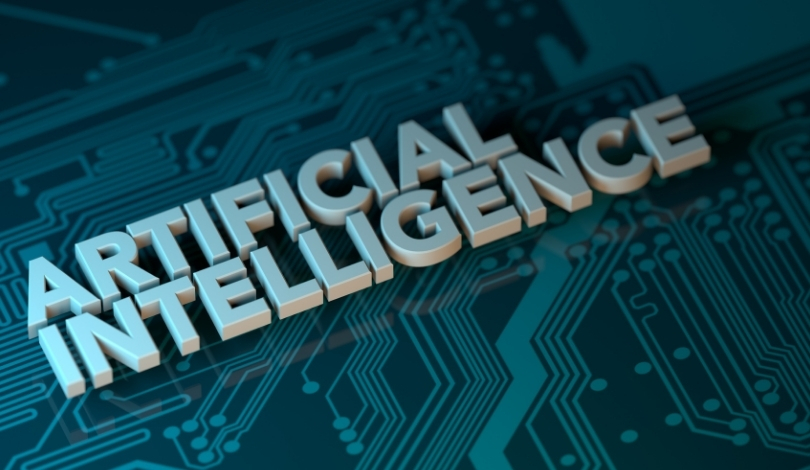Amazon continues to scale automation and artificial intelligence across its fulfillment centers with the introduction of the Blue Jay robot and Project Eluna. As e-commerce volumes surge and delivery expectations grow, the company aims to streamline logistics, enhance worker roles, and raise efficiency with these new technologies. Recent upgrades underscore a push for smarter resource allocation and practical robotics, changing the daily flow of packages from shelf to shipping bay. Shifting repetitive tasks to machines lets workers concentrate on quality control and exception handling, which often demand human judgment and oversight. This approach may drive significant changes in workforce dynamics, efficiency strategies, and customer satisfaction across Amazon’s extensive logistics network.
Amazon’s history with robots in warehouses has seen iterative improvements, with earlier systems like Robin, Cardinal, and Sparrow focusing on single or specialized tasks. These earlier generations took several years from prototype to deployment, and while they marked milestones in automation, they required significant manual tuning. The integration of digital twins and advanced AI in Blue Jay signals a shift towards accelerated development and wider functional scope, potentially reducing time to market for future technologies. Past announcements concentrated on expanding the number of robots, but the current trend highlights increased versatility and operational synergy between robotics and AI. This evolution marks a move from isolated automation towards interconnected systems that influence broader workflow patterns.
How Does Blue Jay Streamline Warehouse Tasks?
Blue Jay, Amazon’s latest robot, can pick, stow, and consolidate items simultaneously, condensing three major warehouse operations into one streamlined process. The company states that Blue Jay has the capability to handle about 75% of the diverse inventory present at its sites. By combining multiple tasks into a single unit, Blue Jay is designed to save both space and time in fulfilling orders, allowing employees to focus on tasks that are less physically repetitive.
What Role Does AI Play in Blue Jay’s Development?
AI and simulation technology played a significant part in Blue Jay’s rapid creation, reducing the timeline from concept to production to a little over a year. Amazon engineers used digital twins to virtually prototype dozens of versions, which sped up testing and design improvements. The effectiveness of this process is reflected in Blue Jay’s smooth transition from the lab to live trials in South Carolina. As Amazon Robotics’ chief technologist Tye Brady put it,
“The goal is to make technology the most practical, the most powerful tool it can be—so that work becomes safer, smarter, and more rewarding.”
How Does Project Eluna Support Operational Decisions?
Project Eluna introduces an agentic AI model that aggregates data from across warehouse facilities to anticipate workflow disruptions and streamline decision-making. Instead of relying on multiple dashboards, operators receive insights in natural language, making it easier to manage daily operations and optimize job rotations. Eluna is undergoing initial deployment in a Tennessee center, where its features assist with sortation and support safer, more ergonomic work plans. An Amazon representative stated,
“Combined with the AI, data, and learned experiences of our current robot fleet, we’re able to build systems like Blue Jay smarter and more quickly.”
Both Blue Jay and Project Eluna form part of Amazon’s larger robotics and AI integration, joining the recent deployment of its millionth robot and the introduction of DeepFleet, an AI model aimed at reducing travel times for the company’s robotic fleets. These developments demonstrate how Amazon’s operations are shifting toward more interconnected and data-driven infrastructures. Employees’ roles are gradually moving from manual handling to supervisory positions focused on quality assurance and operational problem-solving.
The increasing collaboration between robotics and AI in warehousing signals broader changes not just for Amazon but for the logistics sector at large. Readers interested in logistics and automation can learn from Amazon’s methods for applying digital twinning, simulation, and agentic AI to practical workplace challenges. While such innovations can accelerate operations and reduce manual strain, companies should plan for workforce transitions, continually assess safety protocols, and remain prepared for ongoing advances in robotics. The path forward likely includes more partnerships between human employees and intelligent machines, as firms seek to balance efficiency with job satisfaction and adaptability in fast-paced environments.










